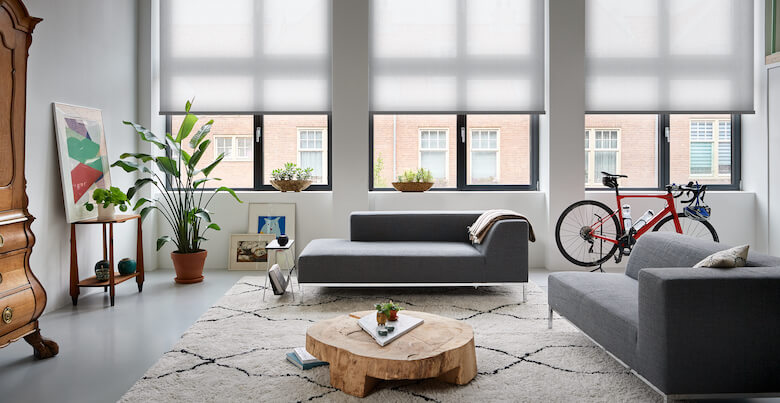



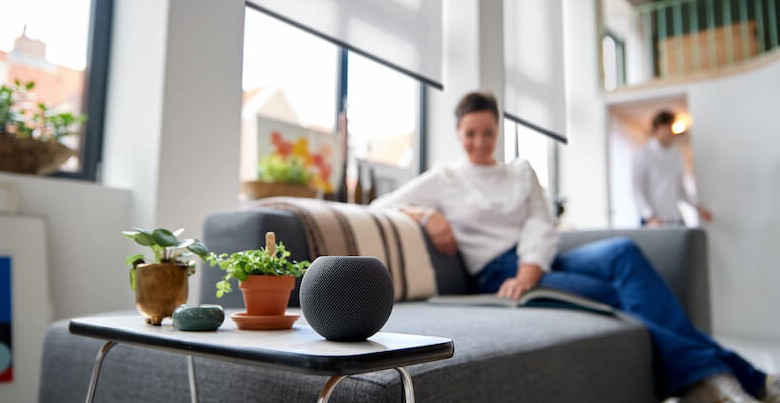
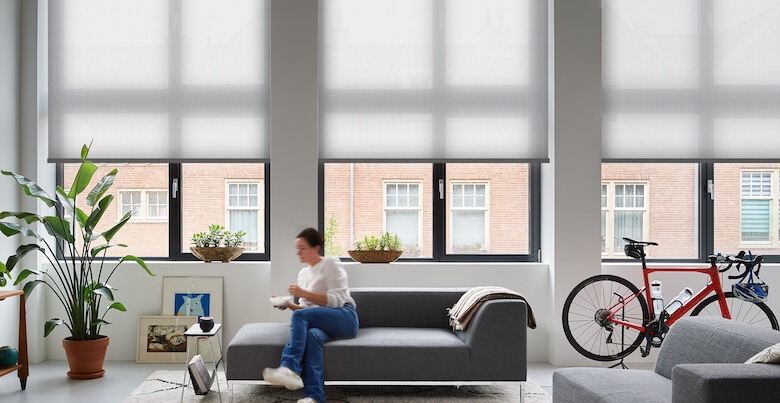
-
samples 0
-
4.4 /5
- Contact
- Help center
- Login/Register
There are many different smart home systems that all have their own functionalities and conveniences. In essence, most smart home platforms are quite similar, but when we look at the details we can see several differences. We present the most popular smart home systems!
Apple HomeKit is Apple's smart home platform that allows you to control Apple-certified devices in your home. The HomeKit platform is built on iOS, which means it can only be used in combination with an iPhone, iPad or Apple Watch. The packaging of the product often states whether the product is also suitable for Apple HomeKit. Apple HomeKit is a lot more limited in terms of products compared to other smart home platforms. Apple has a strict approval policy where new products have to meet many requirements. Fortunately, the Smartblinds motors have managed to meet these requirements and as a result, our range is directly connectable to Apple HomeKit, without the need for a bridge. Apple has its own speaker: the HomePod. Just like the Apple TV 4K, this speaker functions as a hub for your smart home.
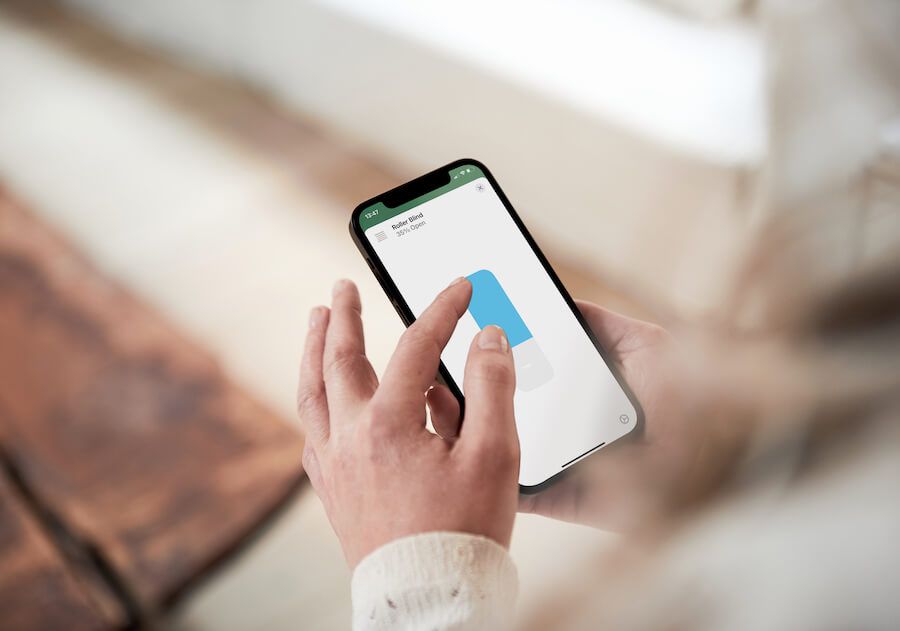
Google Assistant can be used on all smartphones, both Android and iOS devices. As a result, the range of devices that can be linked to Google Assistant is slightly larger than that of Apple HomeKit. Google works together with well-known brands such as Philips, Nest and Ring. You can simply add the devices in the Google Home App, which can be downloaded from the Google Play Store and App Store. Just like Apple, Google has its own smart speaker, the Google Nest. This speaker comes in a big and small version, and serves well as a hub for your smart home.
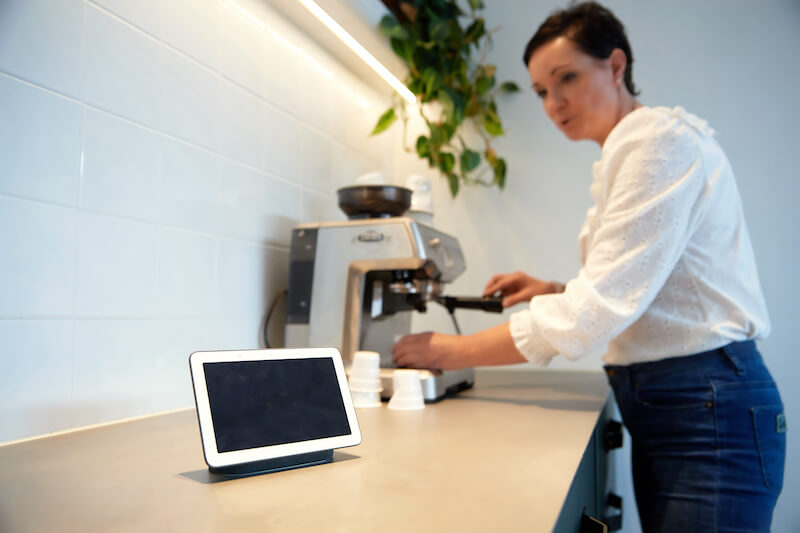
Amazon Alexa is Amazon's virtual assistant and can be compared to Google Assistant and Siri. Alexa can be activated by voice commands. In addition, you can download the Amazon Alexa app on your phone. With this app, you can add your smart accessories just like the other home apps and control them with your smartphone. Amazon Alexa is compatible with Android and iOS, which means that almost all products are available on this platform. Alexa also has its own smart speaker to use as a hub: The Echo speaker.

Samsung is a reasonable newcomer to the market in terms of smart home compared to the above platforms. Samsung has an app called SmartThings. With this app, you can add any devices to your hub as usual. The great thing about Samsung is that they have multiple devices that can act as a hub. For example, they have a smart fridge, their own speaker and smart TVs. They can all communicate via Samsung's smart assistant: Bixby. Bixby is a little less known than its competitors Siri and Alexa, but acts as a very handy smart home assistant. Samsung SmartThings is not compatible with all devices. So pay attention when you buy a product.

IFTTT is the abbreviation for a technical, yet popular smart home platform: If This Than That. With IFTTT, you can use one action from one device to trigger a reaction from another smart home device. As you say, If This, Than That. The IFTTT App is incredibly broad in terms of the range of smart home devices it offers, but is a little more difficult to use in terms of usability. Therefore, this platform is more often used by the more advanced smart home user.

To determine which smart home platform is best for you, we recommend that you think carefully about what you want to achieve by making your home smarter. Then try to find a suitable platform. Also make an inventory of which devices you already have in your home and with which system they can be connected. Does everyone in your home have an Android smartphone and is Google fanatically used? Then it is most logical to choose Google Assistant instead of Apple HomeKit.